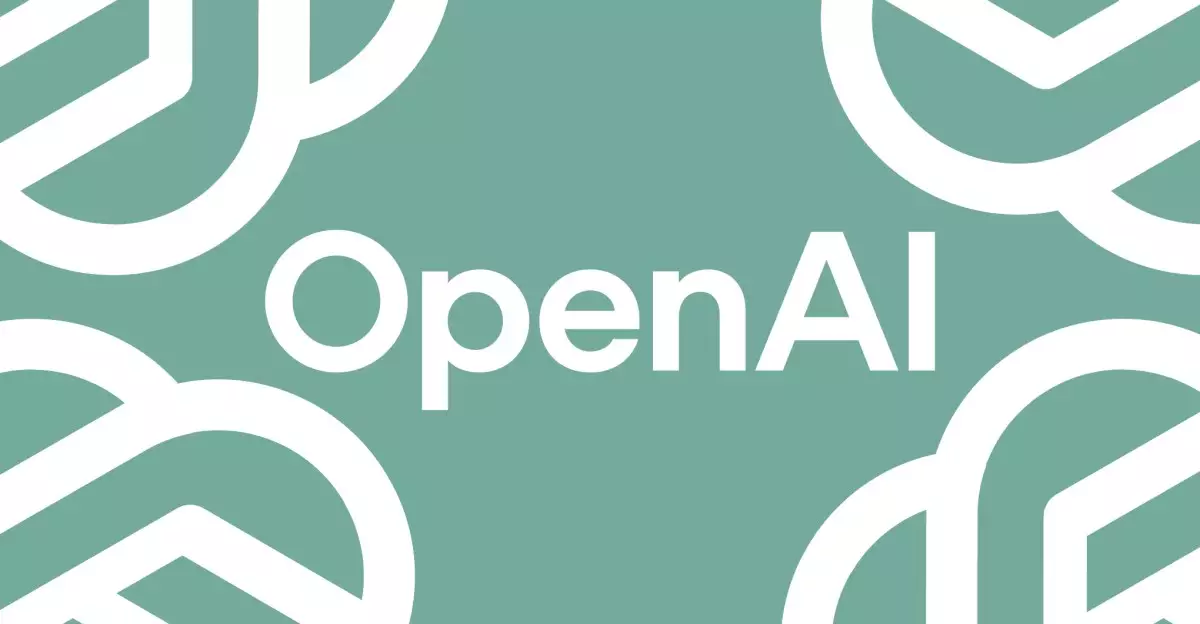OpenAI has once again demonstrated its prowess in the artificial intelligence arena with the recent launch of GPT-4.1. Heralded as an improvement over its predecessor, GPT-4.0, this new model embodies a significant technological advancement that is bound to reshape how developers interact with AI. During a recent livestream event, OpenAI highlighted the enhancements seen in GPT-4.1, noting that it surpasses GPT-4.0 in virtually every metric imaginable—from coding capabilities to instructional adherence.
Unprecedented Context Windows
One of the standout features of GPT-4.1 is its massive context window, which extends to an astounding one million tokens. This capability eclipses the previous limit of 128,000 tokens associated with GPT-4.0. This dramatic increase allows GPT-4.1 to manage and process large volumes of text, images, and videos in a single prompt effectively. OpenAI has meticulously designed this model to focus on relevant information while disregarding distractions in both short and long contexts. Such an enhanced focus is crucial, especially as users become increasingly dependent on AI for complicated tasks requiring precise data interpretation.
Options for Developers
OpenAI’s commitment to making AI accessible is evident in its introduction of not just one, but three variants of the GPT-4.1 model. Alongside the standard version, developers can now experiment with the GPT-4.1 Mini and the GPT-4.1 Nano, the latter being touted as the smallest and fastest model available. This strategic diversification allows developers with varying budgets and project scales to leverage advanced AI technology, thereby democratizing access to high-quality AI tools.
Financial Efficiency in an Evolving Market
In a landscape where efficiency and cost-effectiveness directly influence competitive advantage, OpenAI has responded to market pressures with a notable price reduction. GPT-4.1 is reported to be 26% cheaper than GPT-4.0, a poignant development given the recent entry of DeepSeek with its ultra-efficient model. The need for cost-effective solutions has never been more pressing, and OpenAI’s pricing strategy positions it favorably as developers navigate budget constraints without sacrificing performance.
A Shift in OpenAI’s Roadmap
The launch of GPT-4.1 signifies more than just an incremental update; it marks a pivotal shift in OpenAI’s development trajectory. The decision to delay the anticipated GPT-5 model indicates a shift in focus towards refining existing frameworks rather than rushing headlong into new releases. CEO Sam Altman has been vocal about this strategic pivot, underscoring a commitment to quality over speed. While maintaining a robust product line, OpenAI is ensuring that its existing models offer unparalleled performance and value in the interim.
Challenges and Future Prospects
Despite the excitement surrounding GPT-4.1, OpenAI’s journey is not without its challenges. The recent updates and enhancements to the GPT-4o model, notably image-generation capabilities, led to an overwhelming demand that the system struggled to meet. This dilemma underscores the balance between innovation and operational capacity. As OpenAI continues to refine its offerings, the expectations for its next models will be high. However, if the trajectory of GPT-4.1 is any indication, OpenAI is well on its way to setting new standards in AI development.
The future landscape of AI, driven by the advancements of models like GPT-4.1, is not merely evolving—it is revolutionizing how businesses operate, solve problems, and achieve efficiencies once deemed unattainable.

